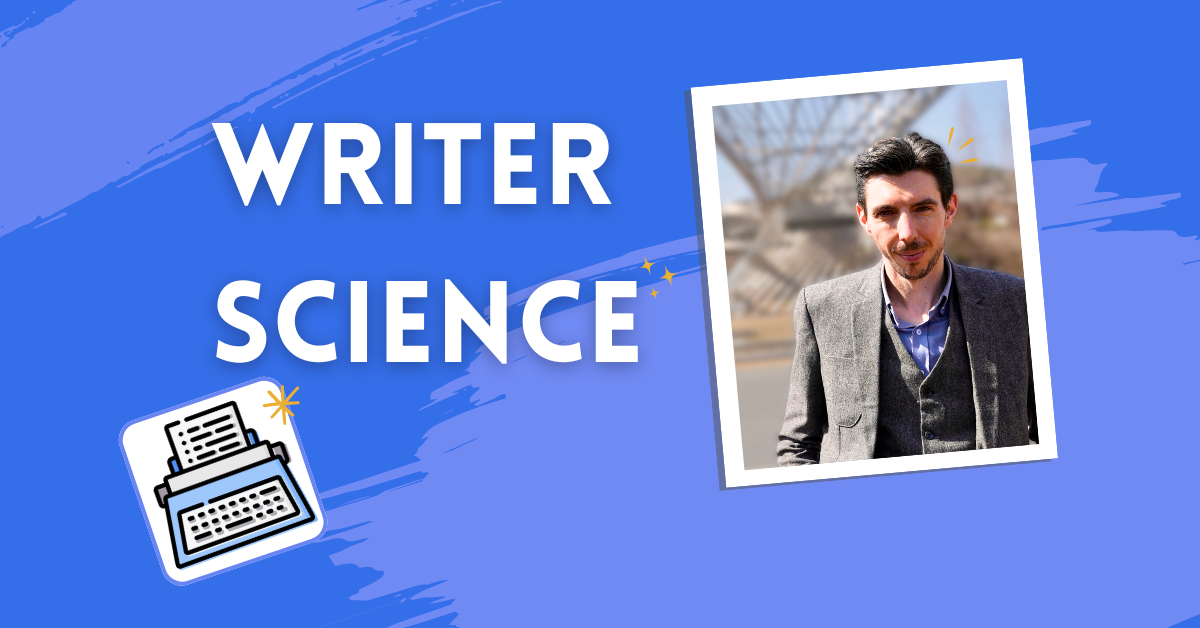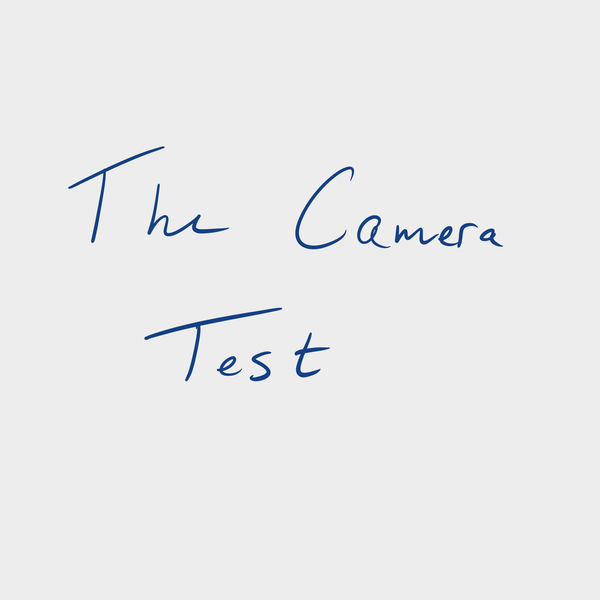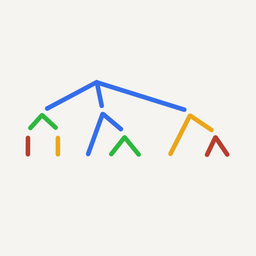Last week, Paul came to our writing session frustrated as hell.
Paul is a retired software engineer. He used to write practical guides for how to pass coding interviews. But lately he's been experimenting with creative nonfiction over on Substack, and he hired me to help.
Paul had been wrestling with an essay for weeks. The idea was solid. He was writing about his experience with eating issues, and he used that story to develop a theme about how life balance works more like a pendulum than a scale.
But every draft felt flat. Lifeless. He couldn't figure out why.
I had this idea that obsessed me for the last 2 weeks, he said. I wrote about it many times, trying to find the right angle, but it never felt right.
The problem was clear. Paul was starting with the concept—the philosophical idea from a book he'd read—instead of the story. He was writing like a philosopher when he needed to write like a storyteller.
You started by telling me about this book, I said. But readers don't connect with the fact that you read something. They connect with what happened to you.
I pulled up an article from The Harvard Business Review to show him what I meant. I had been studying the article in preparation for a writing tutorial, so it was top of mind.
Even when they're explaining dry economic theory, I said, they ground everything in concrete images.
So instead of talking about "bulk processing industries," for example, they write about "smokestack economies." Something you can picture. Something you can stub your toe on.
Think like a film director, I told him. Each sentence is a shot. Where is the character? What is he doing?
Paul got it. Instead of opening with "I read about pendulum theory," he could start with a specific moment—standing in his kitchen at 2 AM, wrestling with whether to eat ice cream. The theory and insights would emerge from the scene, not the other way around.
The lesson hit home when we switched to another piece he was working on, which was about his consideration of whether to switch therapists.
He compared the decision to choosing to switch from Spotify to YouTube. A perfect analogy—concrete, relatable. But then he slipped back into summary mode: "The therapist was constantly rescheduling, and I thought that was unprofessional."
Show me the scheduling nightmare, I said. Show me you checking your phone for his reply. Show me the conversation with your friend about therapy. Don't tell me about the problem—let me watch it happen.
By the end of our session, Paul's approach to writing nonfiction had shifted completely. Instead of trying to explain his insights, he was ready to dramatize the experiences that led to it. The philosophy would still be there, but embedded in real moments with real stakes.
I think for me it feels kind of revelational, he said.
Here's what made the difference:
- Start with scenes, not concepts. Before writing about an idea, identify the specific moment you experienced it. Don't begin with "I learned from this book." Begin with "I was standing in my kitchen at 2 AM."
- Use your camera. If you can't point a camera at what you're describing, rewrite it.
- Let the insight emerge from the story. Readers are smart. Let them stand where you stood, and they'll see what you saw.
The shift is simple:


